The work of digitization allows to admire the extraordinary drawings of one of the most important wildlife artist.
Text by Caterina Sbrana.
John James Audubon (1785-1851) was not the first person who painted and described all the birds of America, but he was one of the youngest
A collection born from the failure of Audubon: in facts he was briefly jailed for bankruptcy; with a family to support and no other prospect Audubon goes away from Henderson, while Lucy, his wife, earns money as a tutor for rich families. With a gun, pencils, some notebooks and a young assistant, the artist collects a lot of material about American avifauna. In 1826, with his collection partially finished, he sailed to England. His life-size bird paintings, along with descriptions of wildlife, hit just the right spot at the height of the continent’s romantic era. “The American Woodsman was literally an overnight success”.
As we read in the web site dedicated to him “He encapsulates the spirit of young America, when the wilderness was limitless and beguiling. He was a person of legendary strength and endurance, as well as a keen observer of birds and nature.”
Nearly two centuries later, Audubon prints are coming to life once again in a vibrant digital library : https://www.audubon.org/birds-of-america.
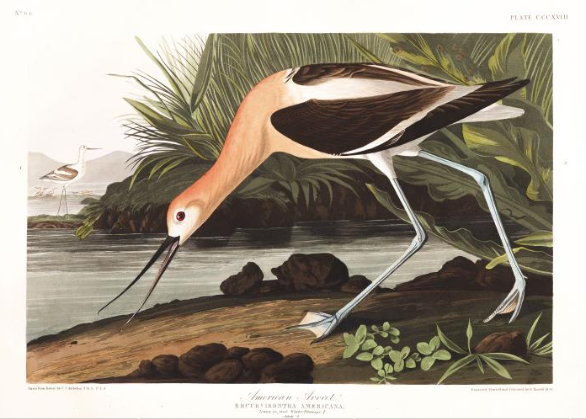
https://www.audubon.org/birds-of-america/american-avocet (Plate 318)
In the digital archive it is possible to make a search by inserting the common name (not scientific) of the bird or to scroll through the paintings of birds, inserted in alphabetical order. You can also see the plates in chronological order. The birds are drawn in their habitat, while they look for food or feed the newborn, in pairs in groups or singles, while they fly or while they are placed on a branch. Plate 1, for example, represents an extraordinary Wild turkey one of the most interesting of the birds indigenous to the United States of America.
For each bird there is a long description of the areas where it lives, its habits, the mating and especially the description of what these animals do during the year. It is specified also the scientific name of both the bird and the plant represented.

https://www.audubon.org/birds-of-america/wild-turkey
“The Turkey is irregularly migratory, as well as irregularly gregarious. The males, or, as they are more commonly called, the gobblers, associate in parties of from ten to a hundred, and search for food apart from the females; About the middle of April, when the season is dry, the hens begin to look out for a place in which to deposit their eggs”.
To better understand the accuracy in the description we do a search by entering “flamingo” : we immediately find out that it is plate 431 – American Flamingo.
And immediately the description: “On the 7th of May, 1832, while sailing from Indian Key, one of the numerous islets that skirt the south-eastern coast of the Peninsula of Florida, I for the first time saw a flock of Flamingoes. It was on the afternoon of one of those sultry days which, in that portion of the country, exhibit towards evening the most glorious effulgence that can be conceived”.
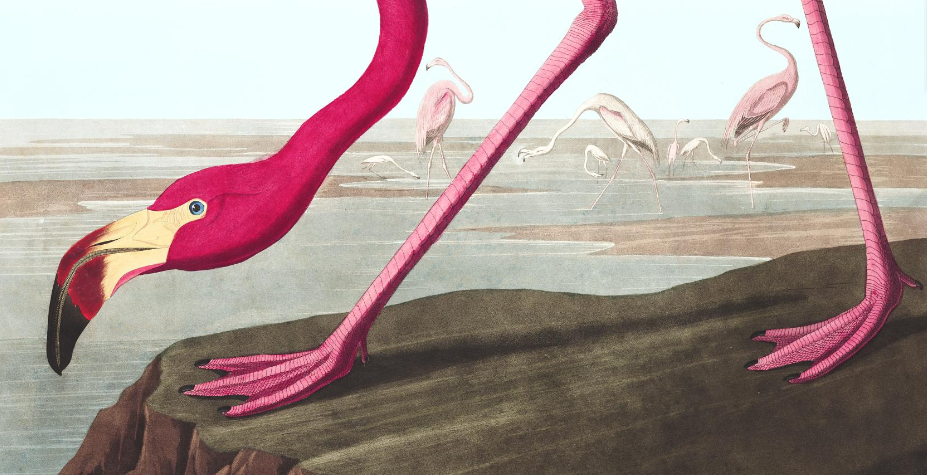
https://www.audubon.org/birds-of-america/american-flamingo
You can admire the composition in its entirety, you can zoom some parts, download it in high resolution, or share the image via Twitter fb, e-mail and other social network. The extraordinary thing is that we have the comparison between the painting and a modern photograph of the species observed in the section “bird guide”
Website: www.audubon.org





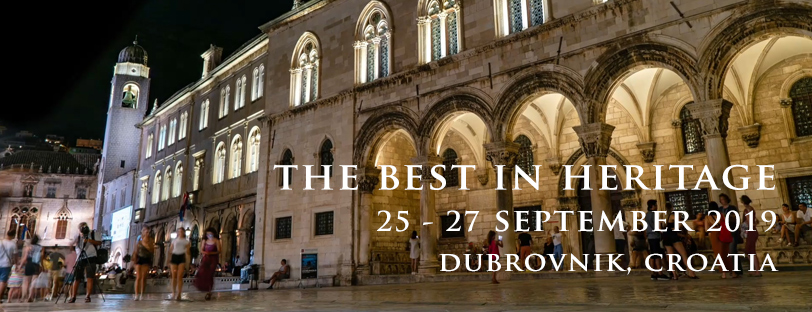
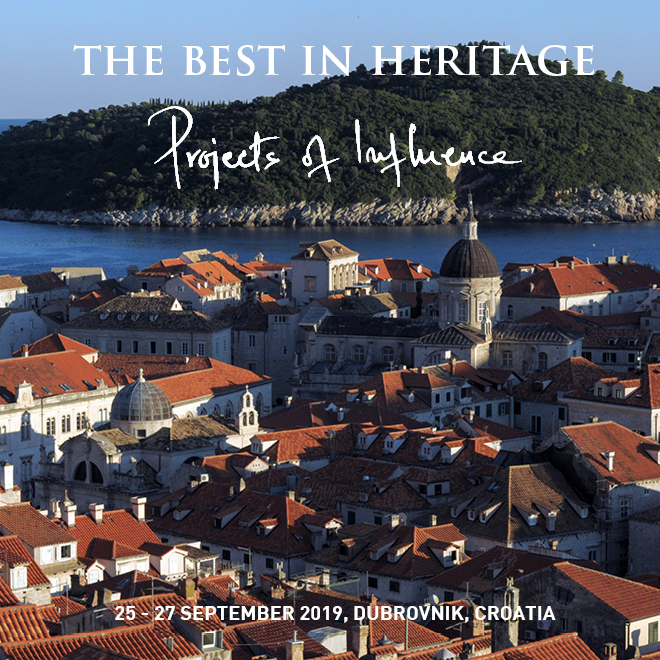
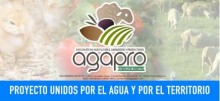
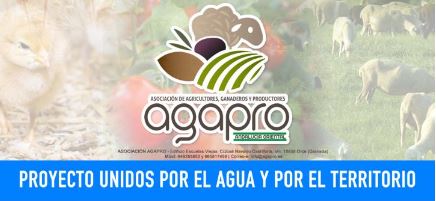 The 28th of June, was held in the Castillejar (Granada) a full day workshop focus on the management of historical irrigation systems.
The 28th of June, was held in the Castillejar (Granada) a full day workshop focus on the management of historical irrigation systems.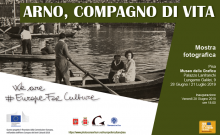
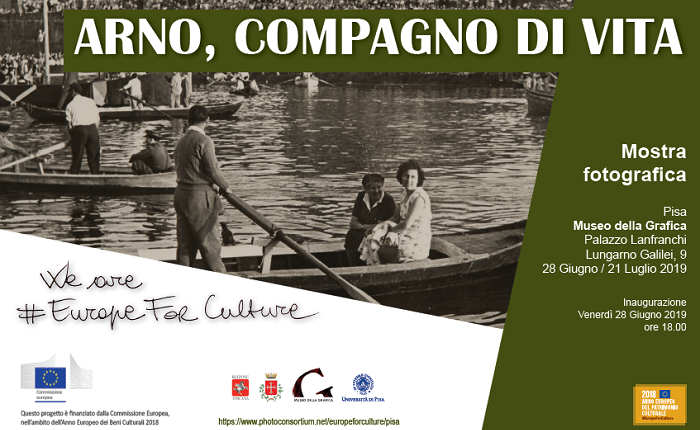



















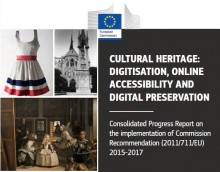

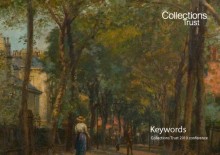
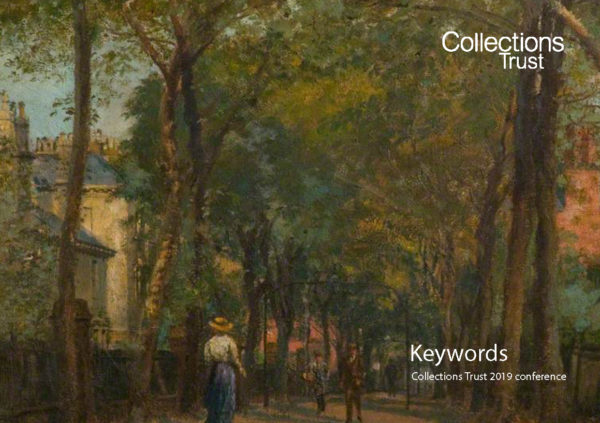
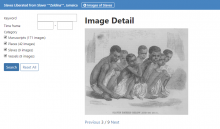
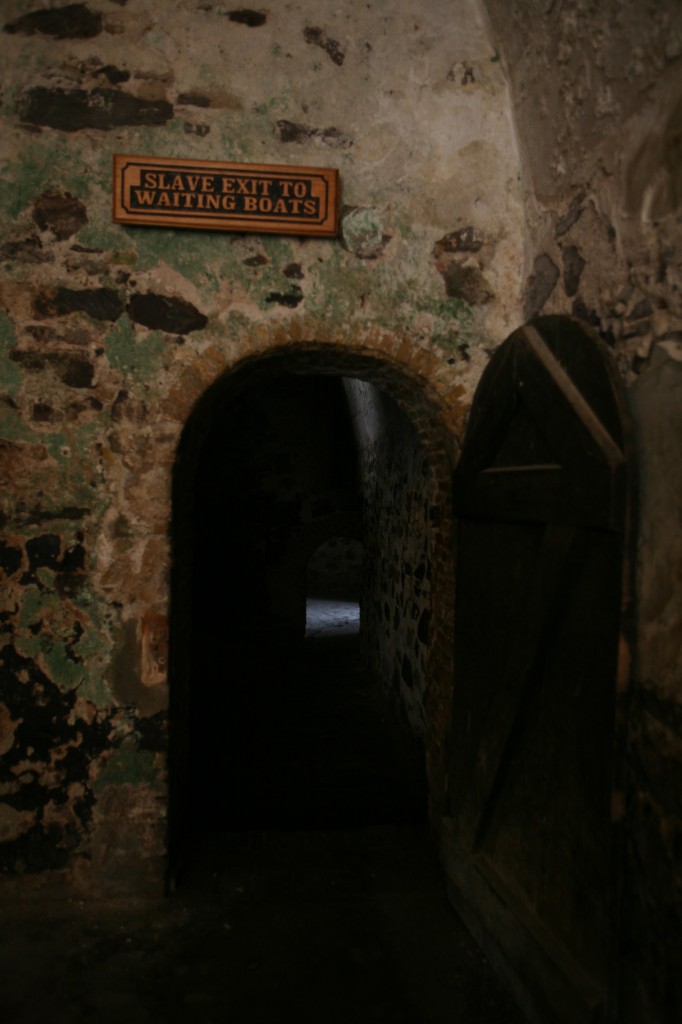

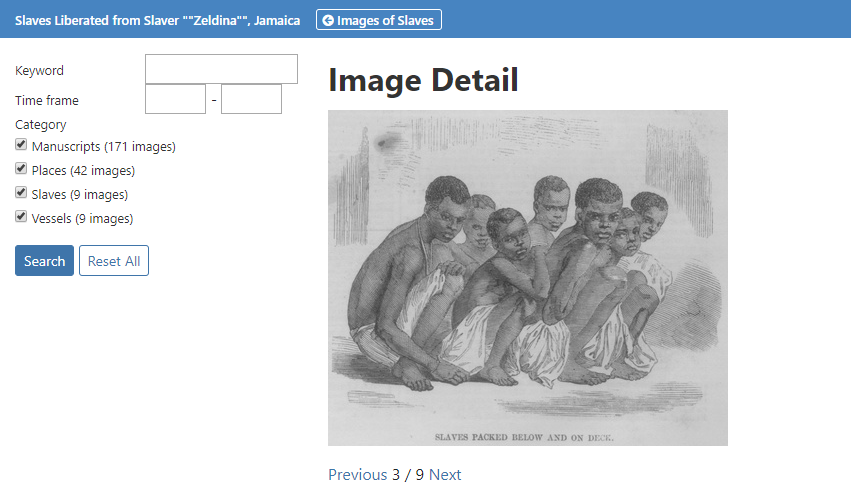




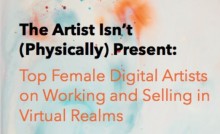
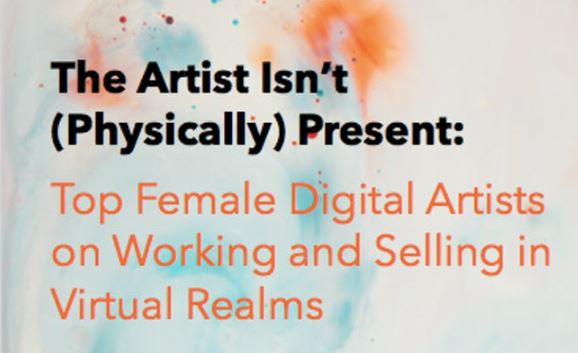 Thursday 13th June at Showfields, Manhattan, New York, the interesting panel discussion “The Artist Isn’t (Physically) Present: Women in Digital Art” took place to discuss why digital art, like other artistic format, continues to be dominated by male exponent although there are excellent female digital artists who work and sell in the virtual realms.
Thursday 13th June at Showfields, Manhattan, New York, the interesting panel discussion “The Artist Isn’t (Physically) Present: Women in Digital Art” took place to discuss why digital art, like other artistic format, continues to be dominated by male exponent although there are excellent female digital artists who work and sell in the virtual realms.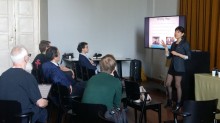
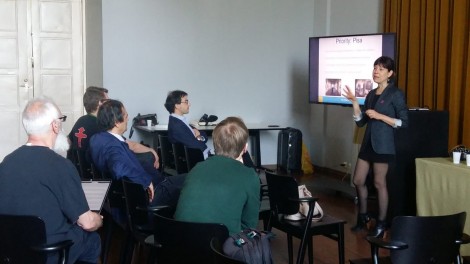
 If you have interesting news and events to point out in the field of digital cultural heritage, we are waiting for your contribution.
If you have interesting news and events to point out in the field of digital cultural heritage, we are waiting for your contribution.







































